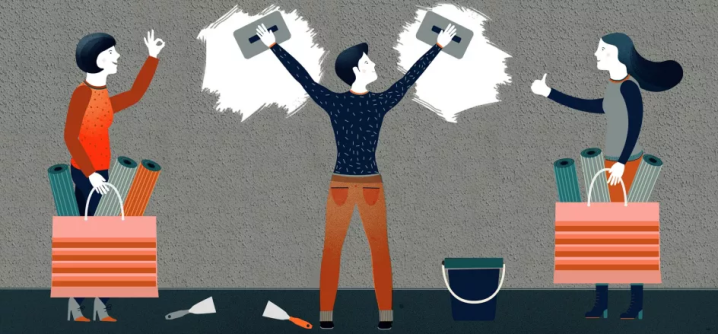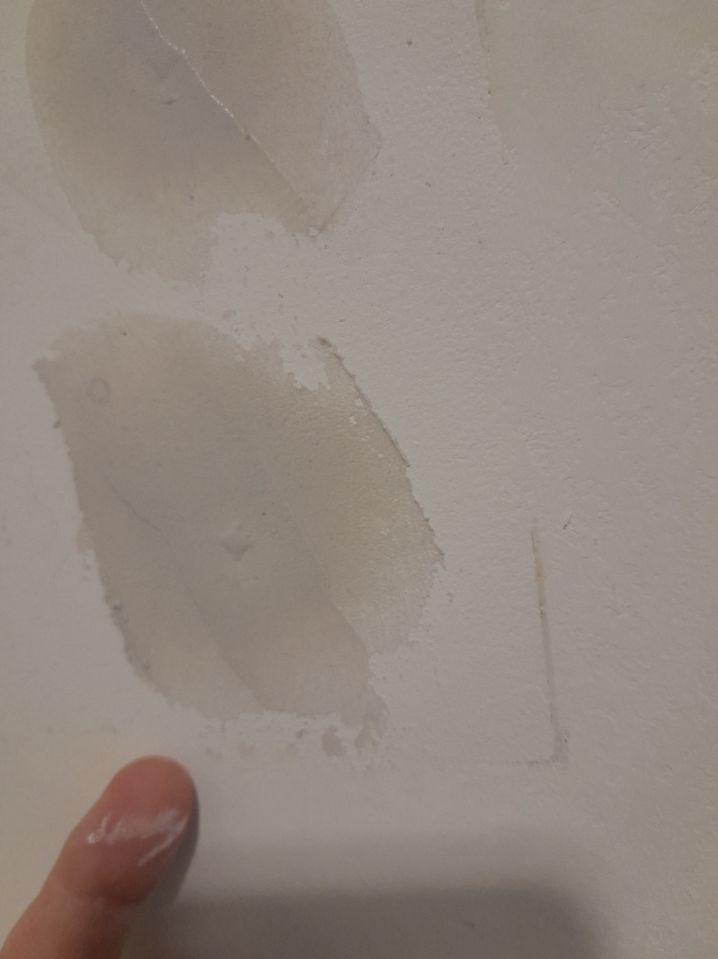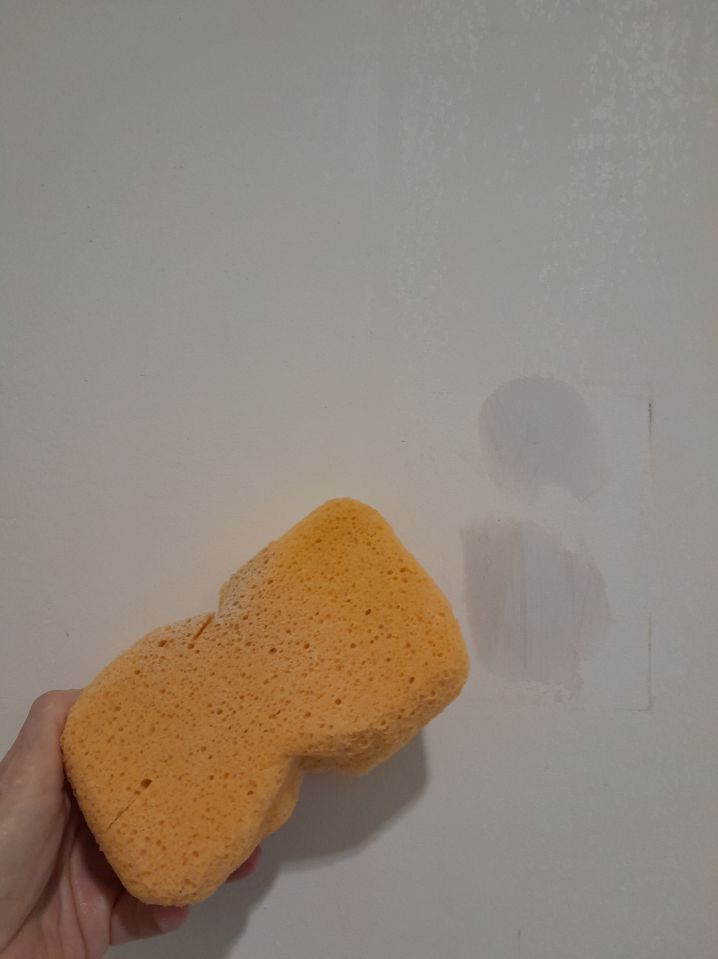Do you need to prime plaster walls before wallpapering?
My wife and I are about to start redecorating the walls of our new home and we are keen to wallpaper most of them. We have what I believe are plaster walls throughout and I need to know whether I should prime them before hanging the wallpaper. If this is the case, are there any special instructions for this job?
Please answer me ASAP as I need to start next week!
Cameron,
Boise, Idaho, USA
Hi Cameron,
Do not worry, I am here for you. The answer in short: it’s a definite yes. Let’s discuss it in detail:
Should I prime plaster walls before wallpapering?
Absolutely. Even when new and smooth, plasterboard is very porous. If you install wallpaper on it without priming, you’ll never get it off again without damaging the wall. First of all, you should make sure you know whether your wall are plaster walls or drywalls.
What is the difference between drywall and plaster?
Plaster and drywall are the most common forms of interior wall materials.
In North America, plaster walls are created by nailing strips of wood over wall studs, and then covering them with a mix of water and either cement, gypsum or lime. In comparison, drywalls consist of gypsum plaster pressed between two thick sheets of paper.
In Europe and in many other parts in the world, plaster is made with gypsum and lime, or cement with added water and sand. It comes in the form of a dry powder and water is then added to turn it into a thick paste before the application over “naked” brick walls. Drywall is a mix of gypsum plaster, shredded paper, a foaming agent, some additives and of course water. It is also sometimes known as gypsum board or plasterboard.

How can I tell if my walls are drywall or plaster?
If you are unsure whether the walls of your home are drywall or plaster, you can take the following steps:
- Knock on your walls
If it sounds and feels hollow, you’re most likely knocking on drywall. If instead the wall feels harder, solid and doesn’t make much of a sound, it’s more likely to be plaster. - Use a drawing pin
Press a pushpin into a less visible place in your wall. If it goes in easily and the wall area doesn’t crack, it’s drywall. Otherwise, it’s likely to be plaster. - Check when the house was built
In North America, modern walls are mostly made of drywalls, although they only started to become popular in the 1940s. If your house was built before that time and hasn’t undergone major renovations, there’s a good chance that your walls are made of plaster. Walls in houses built after the 1970s are most likely drywalls.
In Europe, modern homes tend to have drywall for interior walls and plaster over bricks for external and load-bearing walls. Older houses might only have plaster over bricks.
Which primer should I choose for my plaster walls?
Whether your walls are drywall or plastered walls, I recommend choosing a solvent-free deep primer. This type of water-based primer is the best option for interior walls as it is odourless and does not require any specific protective measures during application.
How do I apply wallpaper primer on plaster walls?
The good thing is that to apply wallpaper primer, you'll need many of the tools you'd use to apply wallpaper:
- sandpaper
- paint tray
- paint roller
- paintbrush
- putty knife
- screwdrivers
- spackling paste (also known as “Polyfilla” or “Putty”)
- clean rags
Remove everything from the wall
Unscrew wall plates, outlet covers, lights, and any other obstruction on the wall.
Sand all bumps and fill small gaps
Gently rub your hand on the wall to feel for bumps and lightly sand them down with fine-grit sandpaper. If there are any small cracks or gaps (they can be common on old plaster walls), fill them with spackling paste.


Clean the wall surface
Wipe down the walls with a slightly damp cloth. Make sure the cloth is barely moist. Open the window and wait until the walls are fully dry.

Start with the corners
Using a brush, start gently painting the primer around the edges of the plaster wall, creating a frame 10 cm wide (2 to 3 inches).
Roll on the primer
Now pour your primer into the paint tray. Soak the roller in the product, then roll it out on the paint tray before applying to the wall. Apply one thin coat to the wall, not leaving any gaps.
Wait until fully dry
Although wallpaper primer dries in less than an hour, always allow a full 24 hours of drying time before starting the wallpapering process.
Is there a cheaper alternative to buying expensive primer?
Yes, many decorators use diluted wallpaper paste to prime walls before wallpapering. As diluted paste is thin, it soaks into the wall and seals it. It’s a cheap alternative to commercial primer and there is nothing wrong with it. However, there are a couple of points you need to keep in mind:
- You should always use the same paste as you will be using for wallpapering
- It will be more difficult to sand the wall afterwards
- It will make your wallpaper strips stick more quickly during installation. This can make it difficult to manoeuvre your wallpaper into position, adding the risk of stretching it. I don’t recommend it if the wallpaper you are trying to install has a complex pattern to match.
Is there any difference between a bare plaster wall and a previously painted plaster wall?
Not really. As long as the paint is sound, you can treat a previously painted wall the same way as you would a bare plaster wall. I recommend doing a little test beforehand to check the state of your coat of paint: Choose a small area of the wall, then scrape and sand it to see if the paint comes away. If it does, then you need to remove the loose paint otherwise your wallpaper will peel off once hung.
Your wallpaper expert
Isabel
Further questions
- What does pattern repeat and pattern match mean? Marianne2 December 2023
- What is non-woven wallpaper? Philippe23 November 2023
- Can I wallpaper over woodchip wallpaper? Pierre23 January 2024
- What is the best time of the year to wallpaper? Marianne9 February 2024
- Can I wallpaper my kitchen backsplash? Malthe6 February 2024
